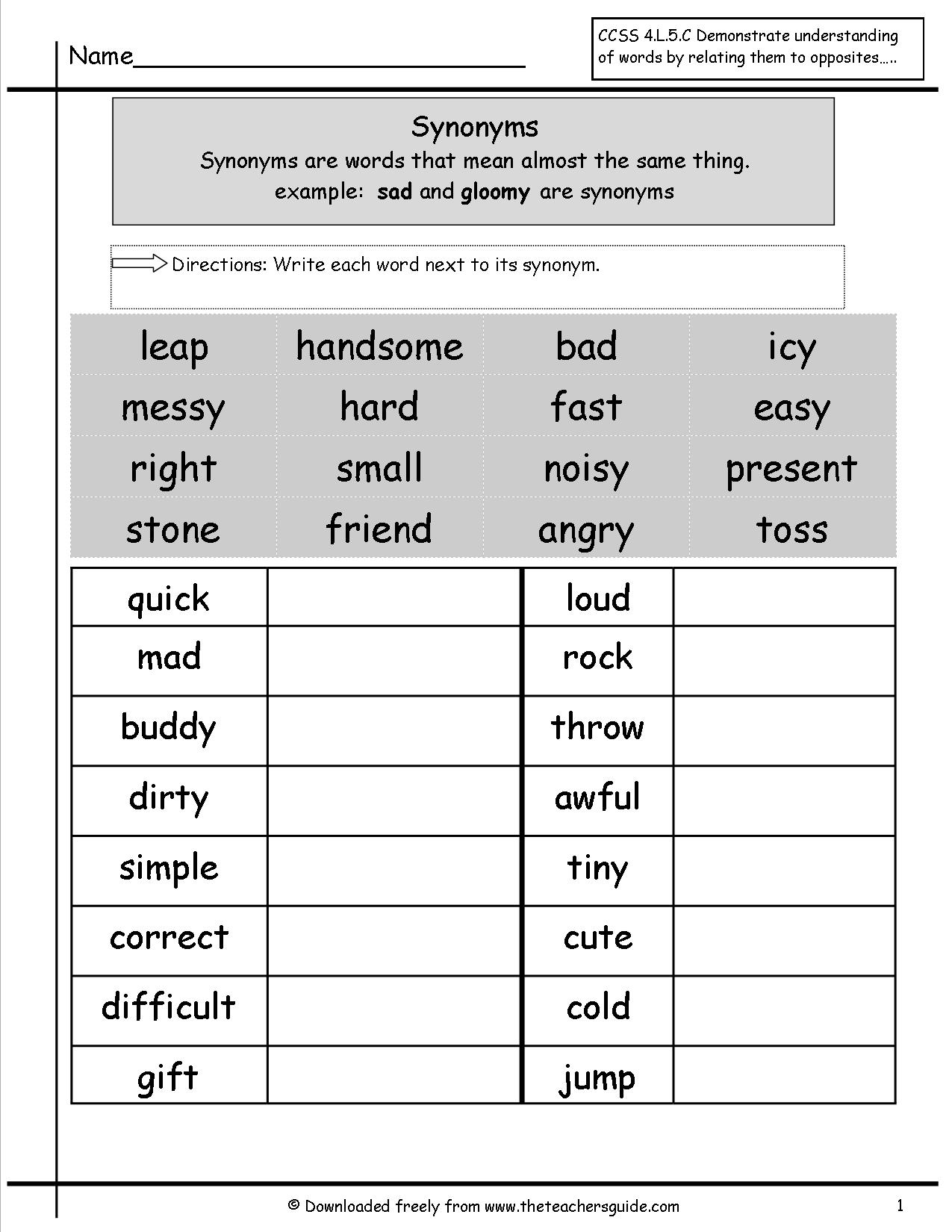
The English WordNet is a lexical database containing more than 206,900 word-concept pairs and more than 377,500 se-mantic and lexical links. Finally, we compare these results with those resulting from the adoption of well known representations of WordNet within existing GUIs. In this regard, we also propose a formal strategy in order to evaluate the information perception in the use of our methodology by means of a questionnaire asked to a group of users. The objective of this study is twofold: firstly, we argue that the proposed visualization strategy is able to put order in the messy and dense structure of nodes and edges of large knowledge bases as WordNet, showing as much as possible information from this knowledge source and in a clearer way secondly, we think that the tag cloud approach applied to the synonyms rings reinforces the human cognition in recognizing the different usages of words in natural languages like English. Starting from previous experiences in importing, querying and visualizing WordNet database within Neo4J and Cytoscape, this work aims at improving the WordNet Graph visualization by exploiting the features and concepts behind tag clouds. Since the visualization is the closer phase to the users within the data life cycles phases, there is no doubt that an effective, efficient and impressive representation of the analyzed data may result as important as the analytic process itself. In the Big Data era, the visualization of large data sets is becoming an increasingly relevant task due to the great impact that data have from a human perspective. Get more insights from the visual representation and analytics of On the other hand, to investigate techniques and approaches to One hand, to facilitate the comprehension of WordNet itself and, The ultimate goal of this work is, on the

Human cognition in recognizing the different usages of words inĪ language like English. Tag cloud approach applied to the synonyms rings reinforces the Lexical database and in a clearer way secondly, we think that the Of WordNet, showing as much as possible information from the Put order in the messy and dense structure of nodes and edges The objective of this study is twofold:įirst, we argue that the proposed visualization style is able to The WordNet Graph visualization by exploiting the features andĬoncepts behind tag clouds. WordNet database within Neo4J and Cytoscape and extendingĪ previous work by the authors, this work aims at improving Startingįrom previous experiences in importing, querying and visualizing May result as important as the analytic process itself. Visualization is the closer phase to the users within theĭata life cycles phases, so, there is no doubt that an effective,Įfficient and impressive representation of the analysed data
Synonyms for visualize verification#
A set of WWW-based tools supporting team work coordination and verification is presented, too. The paper discusses also the role of the application in WordNet development and the extent to which the application can be used for other WordNets.

The new version is based on the user interface similar to WordNetLoom, utilises all types of WordNet relations and is embedded in WordNetLoom. A new version of WordNetWeaver – a tool supporting semi-automated WordNet expansion – is also presented. Directions of the application development were identified. In the paper, the both means of interaction are compared and the results of the usability evaluation performed on a group of experienced WordNetLoom users are presented. The graphical, active presentation of WordNet structure enables direct work on the structure of synsets and lexico-semantic relations. WordNetLoom provides two means of interaction: a form-based, implemented initially, and a graph-based introduced recently. The paper presents WordNetLoom – an application for WordNet development used in the construction of a Polish WordNet called plWordNet.


 0 kommentar(er)
0 kommentar(er)
